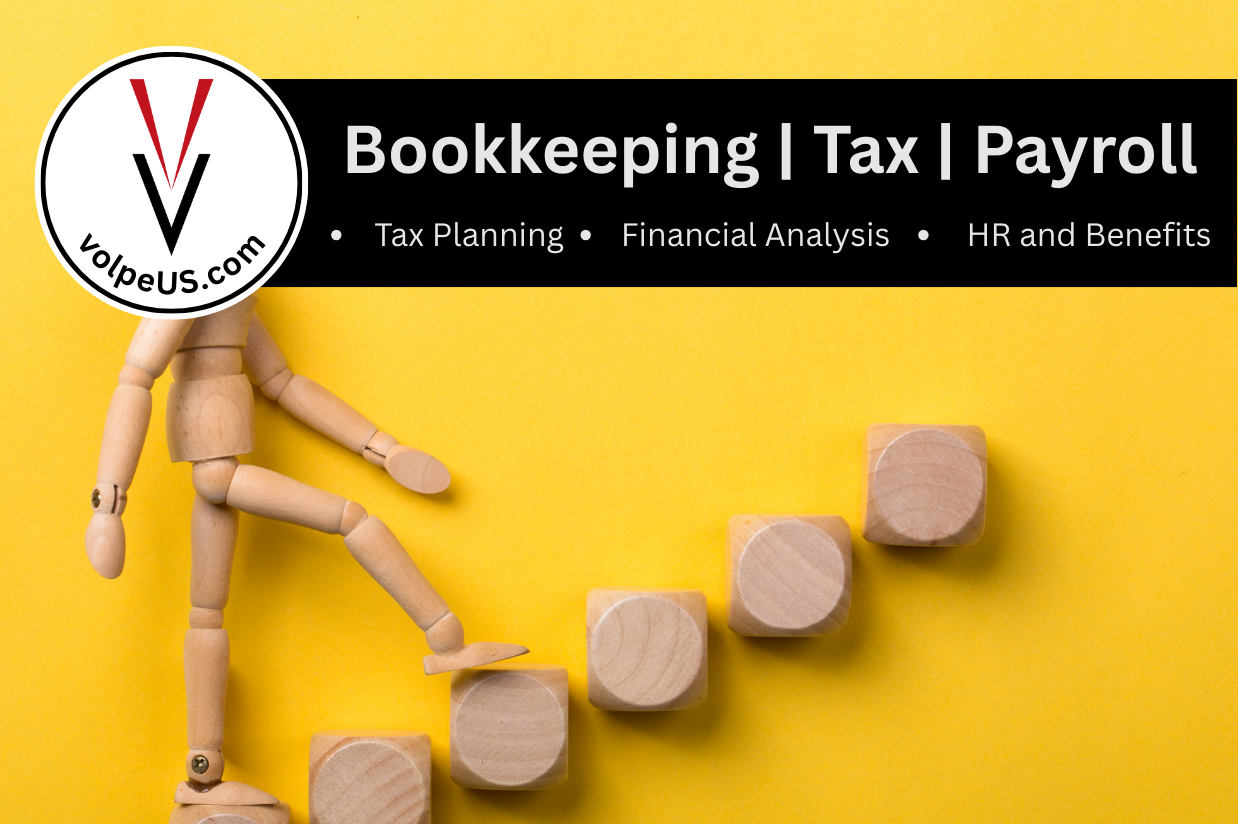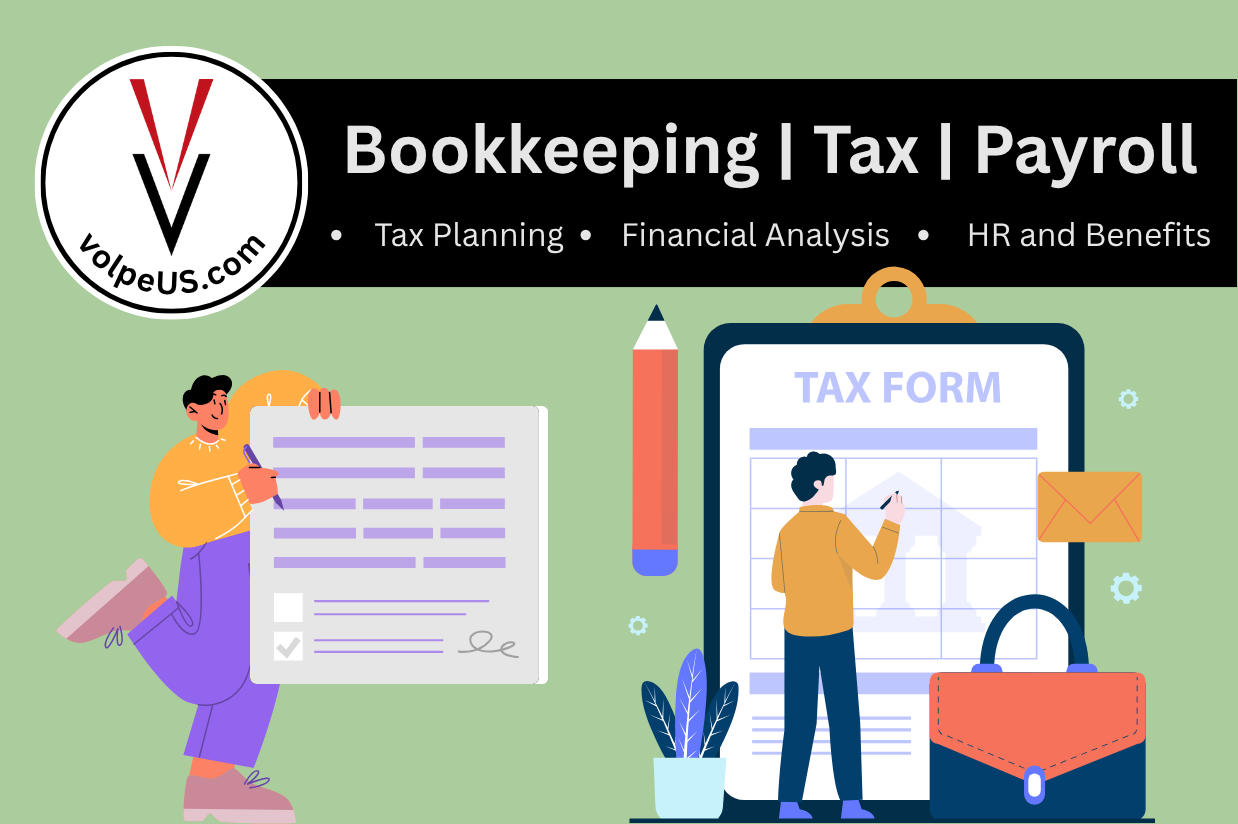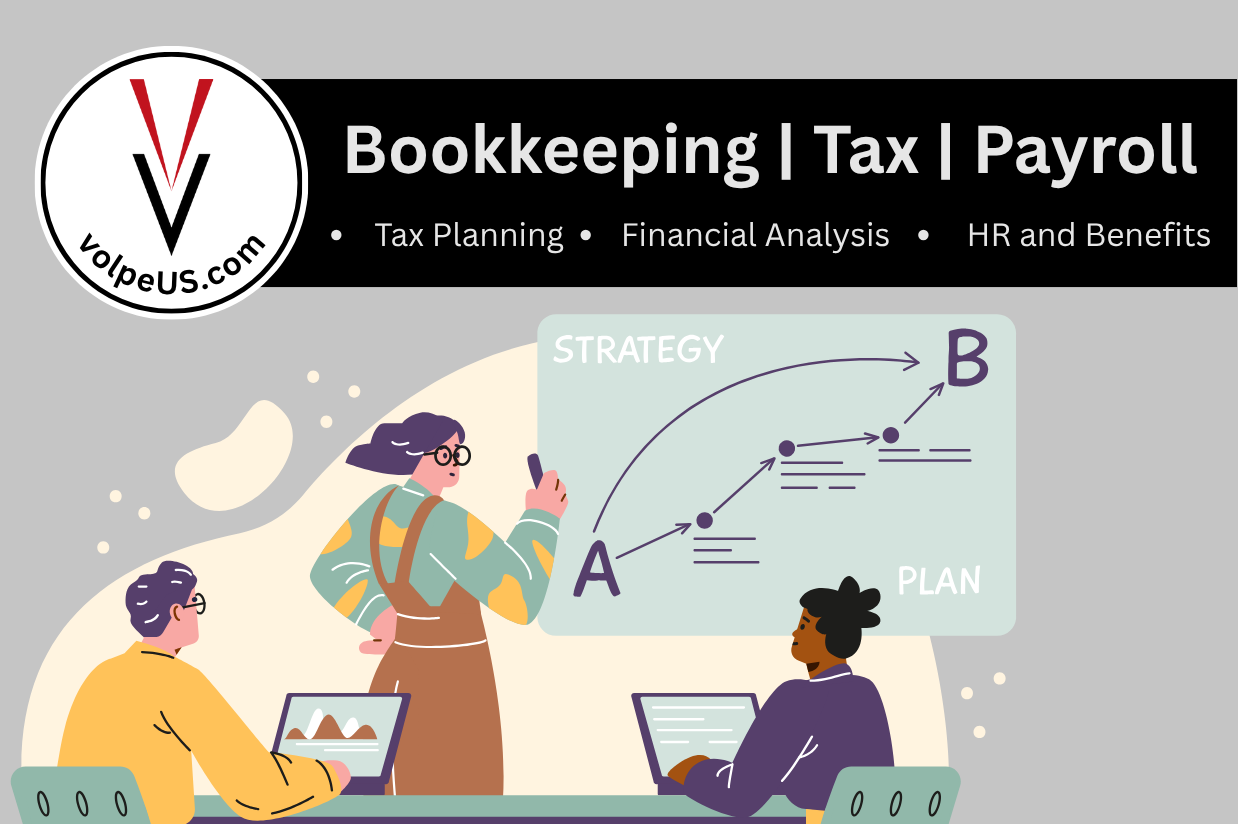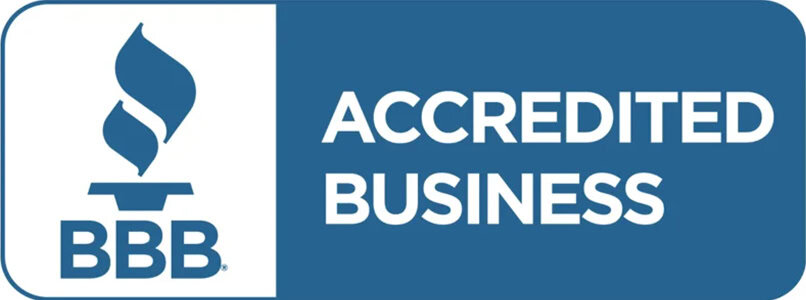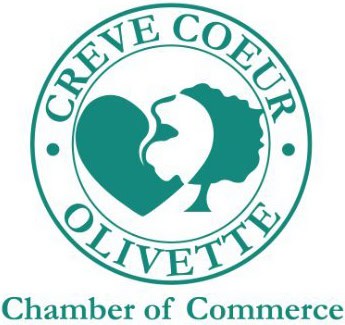Executive Summary
Every business owner has heard the phrase: “The first million is the hardest.” And it’s true. Growing a business from zero to seven figures requires sweat, resilience, and constant problem-solving. But it also requires something we often overlook in the hustle: people.
As Labor Day approaches, it’s a timely reminder that businesses are not built alone. They are built on the strength of teams—internal employees, external partners, mentors, and professional advisors. Even if you start as a one-person show, reaching the million-dollar milestone almost always requires building a reliable support system.
This article walks through some first steps in scaling your business to its first million while tying in the spirit of Labor Day: honoring the work, the workers, and the wise decisions that allow an entrepreneur to grow without burning out.
Step One: Start With a Plan
Benjamin Franklin famously said, “If you fail to plan, you are planning to fail”— this echoes powerfully in the world of entrepreneurship. Statistics from the Bureau of Labor Statistics reveal that 20% of businesses close within their first year, and nearly half don’t make it past five years. The gulf between the dream of a million-dollar business and the reality is often defined by planning, clarity, and forethought. A business plan is much more than a document—it’s your playbook, your roadmap, and your safety net. Here’s what makes a business plan effective and indispensable:
- A Clear Idea and Purpose: Begin with an idea that excites you and directly addresses a market need. Choose something you’re committed to pursuing over time, through challenges and changes, rather than just following trends.
- Defined Values and Mission: Identify the core principles—like honesty, innovation, or sustainability—that shape your culture. Craft a mission statement that explains your business’s purpose and the impact you hope to make, serving as a guide for decisions and team alignment.
- Market Research: Consistently gather and analyze data on your market, competitors, and trends. Use this information to define your target customers and make informed choices as your business evolves.
- Structure and Growth Strategy: Decide on the best legal and operational setup for your business. Plan how you’ll grow—whether by opening new locations, expanding online, or adding products—so you’re ready for future hiring, investment, and partnerships.
- Financial Projections: Carefully estimate your startup costs, ongoing expenses, and expected revenue. Prepare for best- and worst-case scenarios to make sure you have enough funding and know when you might become profitable.
Idea: Passion Meets Profit
Consider the founder of a food truck who dreams of bringing global fusion flavors to their city. Their belief in the uniqueness of their menu will sustain them through chilly mornings prepping ingredients and late nights tallying receipts. Likewise, an e-commerce entrepreneur obsessed with eco-friendly pet products will be motivated to educate their customers, curate sustainable brands, and iterate until they find the right formula.
Business Values and Mission: The Guiding Light
Values are the DNA of your business. They inform everything—from how you treat customers to how you manage setbacks. Your mission is your north star, a succinct statement that clarifies your “why.” Crafting this mission is more than a pro forma exercise. It requires honest introspection about what matters most to you. Are you driven by innovation? Community impact? Sustainability? These values must be visible in your day-to-day decisions and interactions. Leadership isn’t just about setting goals and following through. It’s about walking the talk. If you prioritize excellence, your team will too.

Step Two: Research Your Market
Market research is the bedrock upon which you build not just a business, but a lasting enterprise. This step is your opportunity to minimize risk, identify genuine demand, and uncover opportunities that others may overlook. Let’s dig deeper into how to make market research your strategic advantage:
- Location Analysis: Choosing the right location is crucial, whether for a physical shop, food truck, or online business. Observe different neighborhoods and customer flows and engage with locals to discover needs and patterns. For online ventures, research where your target audience is most active. Sometimes, partnering with complementary businesses can drive better results than high-traffic locations.
- Industry Startup Costs: Go beyond the basics when budgeting by consulting industry standards and mentors. Remember to account for hidden expenses like marketing and training and set aside an extra 10–20% for unexpected costs. Use financial tools to model possible scenarios.
- Trends and Consumer Behavior: Stay on top of industry reports and customer sentiment through reviews and social media. Use surveys and tools like Google Trends to track preferences. Identifying and responding early to trends, such as sustainability in fashion, can give your business an edge.
- SWOT Analysis (Strengths, Weaknesses, Opportunities, Threats): Dive deep into your strengths and weaknesses, gathering input from advisors or potential customers. Be honest about areas for improvement, proactive in addressing them, and clear on opportunities and threats. For example, if parking is a weakness for your coffee shop, consider offering delivery as a solution.
- Competition Mapping: Study competitors by experiencing their customer journey and analyzing their strengths and weaknesses. Look for opportunities in their recurring complaints or gaps and use a competitive matrix to identify areas for your business to stand out.
- Staffing Needs: Define essential roles for both launch and future growth. Use industry data to budget wages and build a culture that attracts the right team members. Early on, hire flexible team members and specialize as your business grows.
Market research isn’t just a box to tick; it’s an ongoing process that evolves with your business. Keep gathering data, soliciting feedback, and adjusting your strategies. The more intimately you understand your market, the more resilient and responsive your business will be. In summary, thorough, ongoing market research allows you to make informed decisions, avoid costly mistakes, and position your business for sustainable growth—even as the market evolves.
💡 Mini Case Study: The Food Truck Hustle
When Maria launched her taco truck, her initial location—downtown at lunchtime—seemed ideal based on the city’s foot traffic reports. However, after just two months, she analyzed her POS data and discovered that late-night crowds near the college campus not only bought more, but also spent significantly more per order. She deepened her market research by running short surveys with customers, learning that students craved convenient, flavorful meals during study breaks. By shifting her schedule and menu to cater to this group—adding vegetarian options and offering student discounts—Maria tripled her monthly revenue within a year and built a loyal following.

Step Three: Build the Right Structure
How you structure your business shapes everything from taxes and liability to your capacity for future expansion. Choosing between a sole proprietorship, partnership, or corporation/LLC is more than a formality—it defines your personal risk, access to capital, and even how outsiders perceive your brand.
- Sole Proprietorship: This is the simplest structure, ideal for solo entrepreneurs just starting out. You retain complete control but also shoulder all personal liability. If the business faces debt or legal challenges, your personal assets may be at risk.
- Partnership: Here, ownership and risk are shared between two or more people. Partnerships allow you to pool resources and expertise, but require clear agreements on roles, profit sharing, and dispute resolution to avoid future conflicts. Consider whether you want a general partnership, where all partners manage and share liability, or a limited partnership, where only some invest or manage.
- Corporation/LLC: These structures create a separate legal entity, shielding your personal assets from business debts and liabilities. Corporations and LLCs can attract investors, issue shares, and survive beyond the original owners. However, they require more paperwork, regulatory compliance, and ongoing administrative effort. LLCs, in particular, offer flexibility in management and taxation, making them popular for growing startups.
Beyond legal structure, it’s crucial to plan your organizational structure. In the earliest days, you might juggle every task—sales, marketing, bookkeeping, hiring—reflecting the relentless hustle of entrepreneurship. But sustainable growth demands delegation and specialization. As your business gains traction, define roles and responsibilities so team members can focus on what they do best. For example, an owner who starts as both head chef and bookkeeper will eventually need to hand off finances to a dedicated professional, freeing themselves to concentrate on innovation or customer experience.
Creating a transparent chain of command and clear decision-making processes establishes accountability. Consider drawing up an organizational chart, even if your staff is small, to visualize who is responsible for each function. This clarity helps prevent task overlap, miscommunication, and burnout.
Company culture also starts here. Early hires set the tone for collaboration, adaptability, and shared values. Prioritize not only technical skills but also emotional intelligence and a willingness to grow with your vision. A supportive, communicative environment helps retain talent and ensures your business remains agile as the market and your needs evolve.
Finally, remember that structure isn’t static. As the business landscape shifts—whether through technological advancements, changes in customer demand, or regulatory updates—revisit your legal and organizational frameworks. Periodic reviews ensure your setup remains aligned with your growth goals and shields you from unforeseen challenges.

Final Thoughts: Building Your Dream Team
The road to a million dollars is paved with hard work. But it’s also paved with smart delegation, trust, and partnerships. You may start as a one-person army, but no thriving company grows without a team. This Labor Day, honor not just the hours you’ve poured into your business, but also the colleagues, employees, and partners who make growth possible. Whether it’s the cashier greeting customers, the lawyer reviewing your contracts, or the accounting firm keeping your finances in order, they are all part of your success story.
And remember—Volpe Consulting & Accounting is here to be part of that story. We take the stress out of bookkeeping, payroll, and taxes so you can focus on what really matters: building a culture, a team, and a business that lasts.
If there’s a pain point within your operation that you’d like to discuss, we’re here. We’d appreciate the opportunity to look into it with you and hopefully provide some insight as to how you can move forward. For more information, or to just put a few faces to the name,
Disclaimer: The content on this blog is for informational, educational, and occasional entertainment purposes only. It should not be construed as legal, tax, or financial advice.
